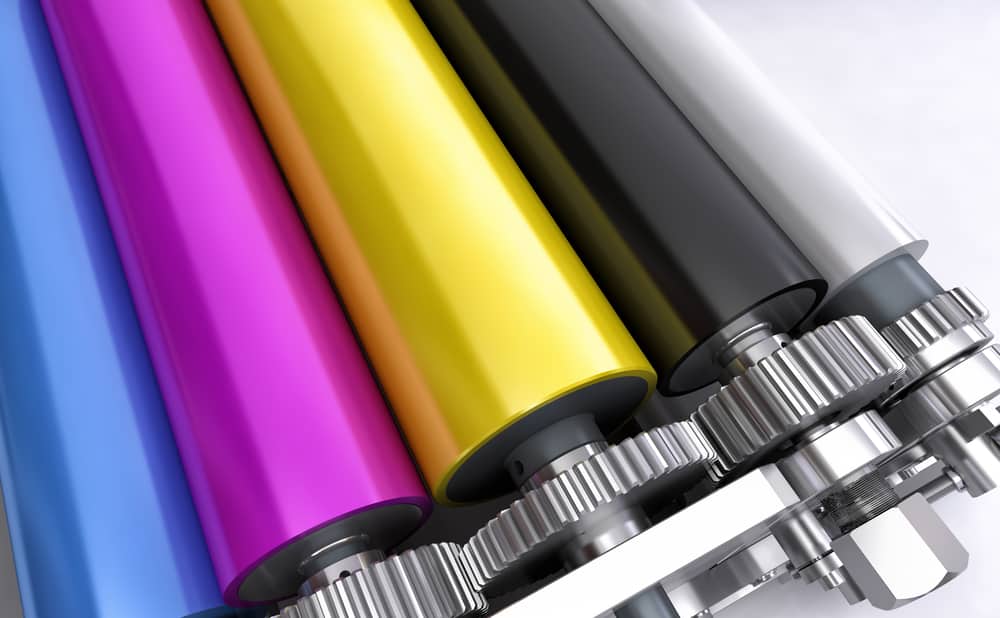How do those responsible for running an election measure success? Clear objectives need to set at the beginning of the election process in order to determine its overall success. Two key goals are common in most elections; one is to get enough nominees of the right calibre to run as candidates, and two is to encourage the electorate to cast their vote. In UK Engage’s experience both objectives rely on one thing – how engaged people are in the election process. Having participated in and supported hundreds of elections for public sector organisations including NHS Foundation Trusts, social housing providers and universities, UK Engage has found that the success of an election can be associated directly to engagement.
So how do we go about improving voter engagement?
We believe that the effective use of colour and design in electoral materials such as nomination forms, candidate statements, election notices, ballot papers and marketing materials can improve electoral engagement and make a significant contribution to a more successful election. For example, statistics taken from elections for Homes for Haringey and Sheffield Health & Social Care show that voter turnout doubled after election materials were redesigned in colour. And, while colour design and printing is more costly than black and white, the experience of our customers suggests that the extra cost is more than justified, no longer is it a case of can you afford to print in colour and more can you afford not to.
Why is colour so important in electoral engagement?
Although many election managers may choose to stick with black and white election forms such as candidate nomination forms and ballot papers due to tight budget restrictions, the statistical evidence available would suggest that this approach may be a false economy. Various studies clearly demonstrate that colour communicates better than black and white. Indeed, research shows that colour visuals increase a subject’s willingness to read by as much as 80%. More importantly for those organisations wishing to improve engagement and increase voter turnout, further research discovered that the use of colour can increase motivation and participation by up to 80 per cent, and can enhance learning and improve retention by as much as 75%
So why is colour so appealing to Voters?
It appears that it simply appeals more to our senses. We process the information around us in colour, so naturally respond more favourably to it. Text is physically analysed by the left-hand side of the brain, whereas colour is processed by the right. Materials that combine both text and colour accelerate the mind’s ability to assimilate and understand printed materials. Colour gives viewers an extra visual ‘tag’ and can help us to process, store and retain images and information more efficiently. In fact, the understanding of any document can be increased by as much as 80 per cent if colour materials are used.
There is clear evidence that the use of colour materials, in conjunction with the election support of an experienced electoral services provider like UK Engage, can make a significant contribution to the success of any election. Customers like Homes for Haringey and Sheffield Health & Social Care have experienced improved voter engagement and turnout, ultimately helping to achieve their election objectives.
How UK Engage can boost your electoral engagement
a common concern that emerges amongst new clients is the challenge of attracting sufficient candidates for nominations and achieving satisfactory voter turnout. Our role involves collaborating closely with our clients to enhance member engagement throughout the entire electoral process—spanning before, during, and after the election or ballot. By crafting versatile and effective multi-channel strategies, we have the capability to operate independently or in partnership with communication teams, thereby amplifying awareness and motivating active member involvement.
For clients seeking a profound and comprehensive approach to member engagement services, we proudly extend our consultation offering. This service entails the development of robust and thorough engagement plans, encompassing not only the election period itself but also extending beyond. Alternatively, we present an innovative solution through our election hub—a tailored online resource dedicated to nurturing democratic participation. The election hub serves as the central gateway for all election-related discussions, housing essential resources such as documents, regulations, interactive forums, schedules, and critical deadlines, among other indispensable components. This ensures a streamlined and enriched engagement experience for all stakeholders involved.
Contact UK Engage Today
Contact UK Engage today to ensure a seamless and reliable ballot process for your organization. With over 25 years of combined experience in electoral services and organizing AGMs, EGMs, and company referenda, UK Engage has the knowledge and expertise to handle any project involving balloting, surveying, or member engagement. Our commitment to quality and innovation, recognized through industry awards, guarantees impeccable service and unrivalled reliability.
For more information about electoral engagement, election services, voting, surveys, scrutineering, adjudication services, member engagement and referendum management: –
Call UK Engage on 0161 209 4808 or email enquiries@uk-engage.org
References: [1] & [2] Loyola University School of Business, Chicago, IL., as reported in Hewlett-Packard’s Advisor, June 1999; (http://www.hpadvisor.com). [3] & [4] Pantone Institute, The Power of Colour http://www.mondigroup.com/products/PortalData/1/Resources/microsite_dsf/presentations/03_DSF_Transpromo_Kodak.pdf

